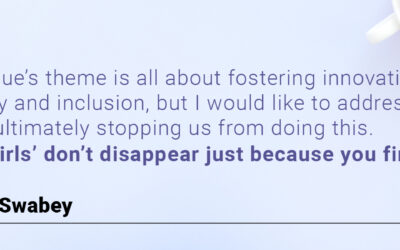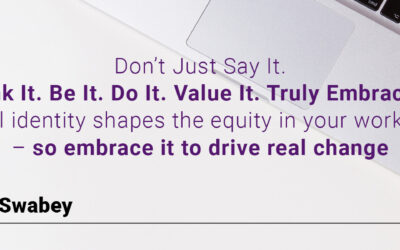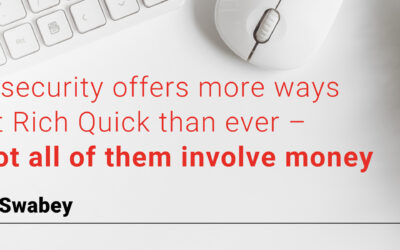Diversity + Inclusion +Culture = Real Value
In Issue 2 of Women in Security Magazine, there was a lot of talk about diversity and inclusion in our workforces. However, this is just the start for organisations – unless, of course, you’re only in it so you can tick a box and include a page on your website.
Assuming you are in it for the long haul, culture and belonging are the next steps in your journey.
As a wise person once said: “Let every voice be heard regardless of title, tenure, and background”.
This means not only listening to your people but creating environments where they will feel free to speak out.
It means not only talking about diversity, but engaging with your employees to build a culture that is more inclusive and creates a sense of belonging for all.
Executed well, cultural improvements will help get the best out of your employees – and lead your business on the path to real value.
Yet the burden to build this journey shouldn’t just fall on the shoulders of individual employees – particularly those who are already struggling with the challenges created by cultural disenfranchisement.
For change to happen – and stick – the imperative to create that truly inclusive and innovative workplace needs to come from the company’s senior leadership. This is not done by putting Band-Aids on existing policies; it is only possible by looking at the company from the inside and making that change.
In Issue 2 of the Women in Security Magazine, Melanie Ninovic discussed how “you must be the change you want to see in this world”, and outlined what people within different roles can do to make the workplace safer and more welcoming for women.
There is some great advice within that, as it clearly shows that it falls on everyone – the student, the recruiter, the analysts, engineers, managers, directors, and executives – to be the change that we all want to see.
In that same issue, Jinan Budge, who has studied toxic company culture extensively, argues that complacency, lack of diversity, and a focus on technology over people are threats to any business. Security leaders, she says, must invest in professional development and growth for themselves and their staff to create a positive team culture and environment.
So either remove or acknowledge that there are brilliant jerks in your business who are creating these toxic cultures – and stop them in their paths.
Businesses, senior leadership teams should never tolerate bad behaviour. If you have been doing so and have only now come to realise it, now is the time to do something about it.
Constantly check in on your teams to solicit ongoing feedback about inclusivity within teams, on projects, or even with senior leadership. And develop strategies for training programs and for upskilling, to ensure there are no roadblocks to progress.
Employee experience is everything – and, improving it by removing ‘micro-aggressions can increase productivity, innovation, and ultimately a sense of belonging that sometimes can be a better motivator than money alone.
If your employees have that feeling of belonging, they will feel more comfortable expressing themselves, working more productively with colleagues to make extremely valuable contributions to the business.
Becoming a truly inclusive company is a process rather than a goal. There aren’t any quick fixes or compliance checklists that can get you there.
These and other tips are just steps in a long journey of conversation and strategies; follow them, and you can create long-lasting change within your organisation.



